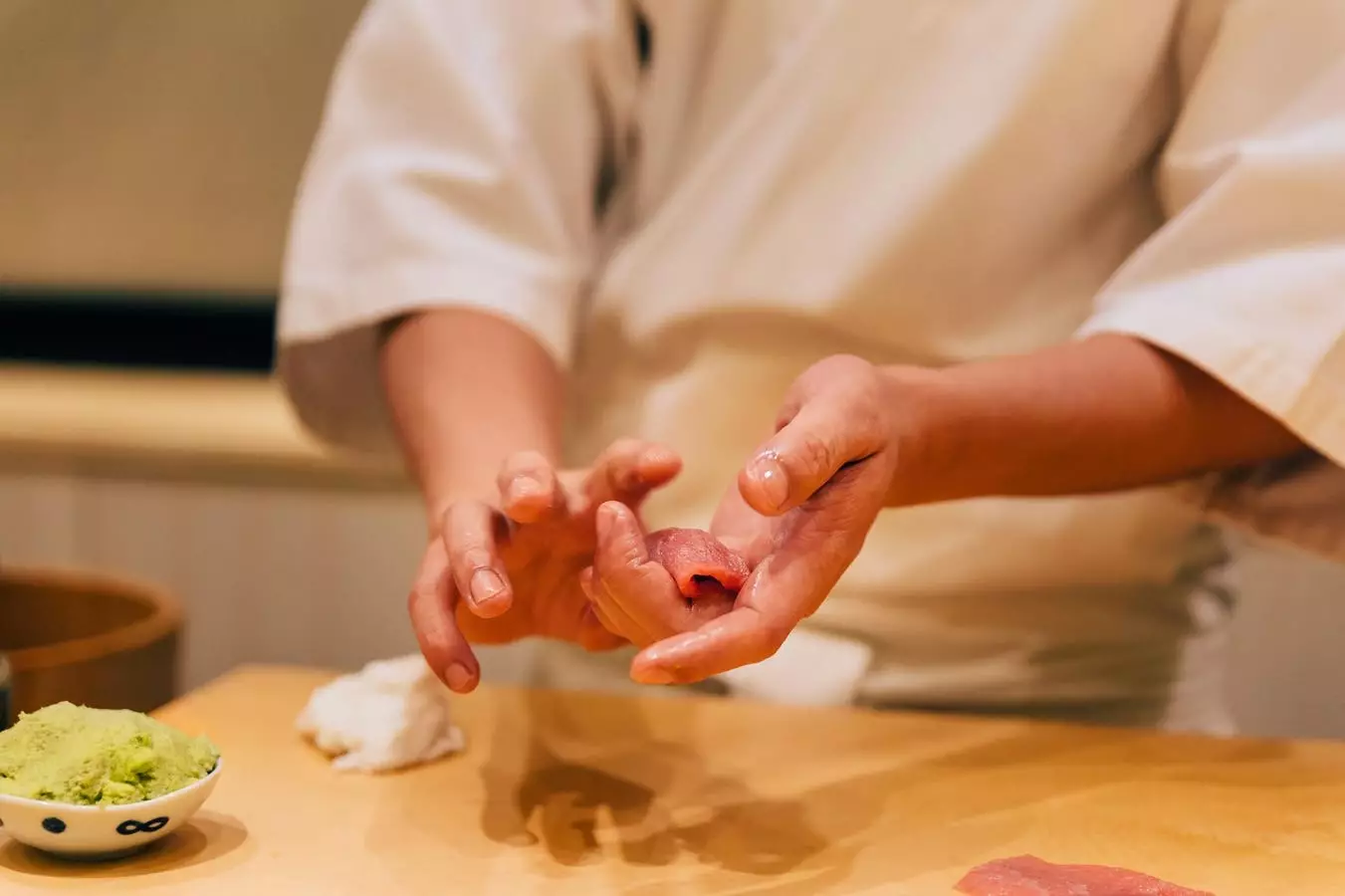In recent years, sushi has captivated the taste buds of the American public, cementing itself as one of the most sought-after cuisines in the country. The data is impressive: as of 2022, the sushi restaurant market in the U.S. soared to a staggering $27.9 billion, reflecting a phenomenal 163% growth over the past decade. With sushi bars and restaurants proliferating, one cannot help but ask: where are all the sushi chefs needed to keep pace with this culinary revolution?
The sheer volume of sushi establishments has surged dramatically. The Japanese government reported over 26,000 Japanese restaurants in the U.S. in 2022—a breathtaking increase from just a little over 3,000 in 1992, showcasing an impressive growth rate of 853% in just 30 years. Yet, this booming market complicates a critical aspect of the sushi dining experience—the chefs. The traditional role of a sushi chef is nuanced and multifaceted, requiring extensive training and a level of skill that isn’t easily developed.
At the heart of this dilemma lies a significant shortage of skilled sushi chefs, exacerbated by both rising demand and limited supply. Sushi-making is often misinterpreted as a simple art; in reality, it involves intricate techniques and a deep understanding of Japanese culinary practices. The renowned film “Jiro Dreams of Sushi” highlights the arduous journey many chefs undertake, showcasing the endless hours required to refine their craft.
Adding to this complexity is the restrictive immigration policy concerning foreign chefs. In recent years, the U.S. government has issued fewer visas for skilled workers—including sushi chefs—making it increasingly difficult for restaurants to hire experienced professionals from Japan. Concurrently, in Japan, the rising youth hesitation in pursuing long-term apprenticeships in sushi cuisine signifies a cultural shift. Young people today are less inclined to dedicate years to the demanding mentorship model historically associated with becoming a sushi chef.
Adapting Education in the Sushi Industry
An evident solution to this workforce challenge involves rethinking how sushi chefs are trained. Traditionally, sushi education has largely depended on the arduous apprenticeship model, often criticized for being time-consuming and labor-intensive. However, in response to the intense market demand, there’s a growing openness to more structured and efficient educational models.
Institutions like the Tokyo College of Sushi & Washoku, founded in 2016, are demonstrating success in this area. With a remarkable job placement rate of 100% for graduates and nearly ten job offers per person on average, these new sushi schools are not only producing competent chefs but are also catering to a diverse student body, both Japanese and international. This innovative approach allows aspiring chefs to enter the industry more quickly while still receiving quality training.
The Sushi Chef Institute, established in California by Andy Matsuda in 2002, is another groundbreaking endeavor. Matsuda, who has a rich background in sushi cuisine, encountered severe health issues in 1993 that prompted a re-evaluation of his career path. Realizing the pressing demand for educated sushi chefs in the U.S., he founded his institute to impart vital skills to the next generation. He faced considerable criticism initially but stayed committed, recognizing the significant market opportunities stemming from this culinary trend.
Matsuda’s institute offers various courses, drawing students from around the world. The rising interest in sushi transcends geographical boundaries, with aspiring chefs from Latin America, Africa, and beyond seeking education in sushi-making. This shift has been parallel to an increased focus on healthy dining, where sushi is often perceived as a nutritious meal option. Furthermore, private chefs are increasingly attending Matsuda’s classes to better serve affluent clients interested in sushi-based diets.
To cater to this burgeoning market, the Tokyo College of Sushi & Washoku has even opened a branch in London, further solidifying the global reach of sushi cuisine. The school’s chief instructor, Yoshihiko Shida, emphasizes the necessity of understanding Japanese culinary fundamentals while encouraging creativity among students. This global exchange of culinary ideas reflects an essential evolution in how sushi is perceived—it is not merely a Japanese dish; it is a culinary canvas open to innovation and personal expression.
The Future of Sushi Craftsmanship
As sushi evolves and adapts to global tastes, it’s essential for future chefs to understand not only the intricacies of traditional sushi-making but also to make their mark in a modern culinary landscape. The demand for talented sushi chefs shows no sign of waning, making the establishment of modern sushi education imperative. With a promising outlook for sushi school graduates and an increasing acceptance of varied culinary influences, the future of sushi chefs looks bright, if a bit challenging.


Leave a Reply